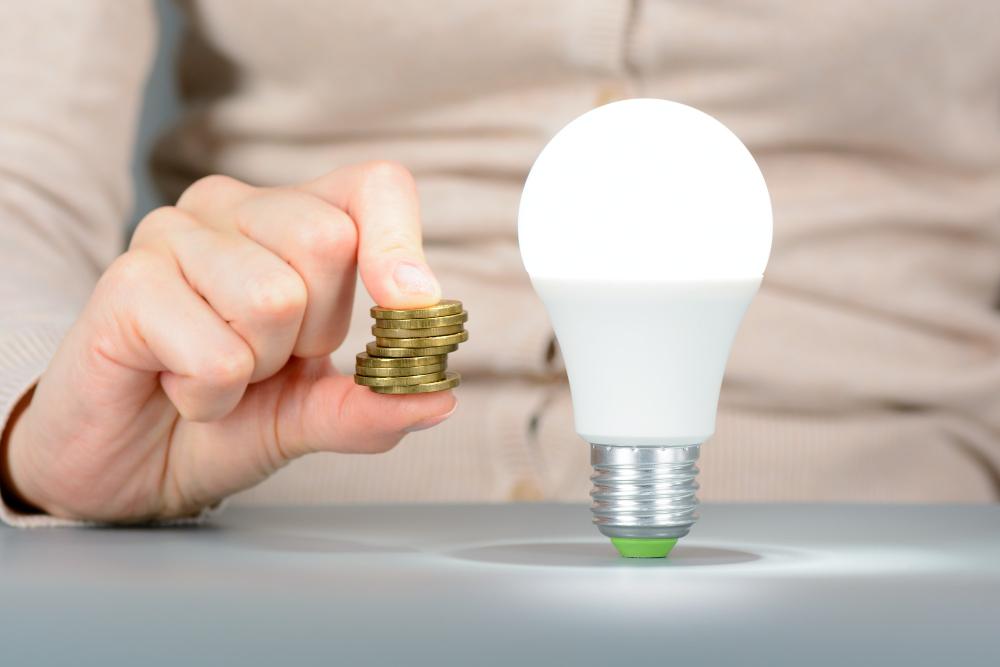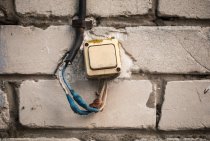Homeowners Guide to Energy-Efficient Lighting

August 19, 2025
Homeowners Guide to Energy-Efficient Lighting
Today's world emphasizes saving energy and cutting electricity bills more than ever, making energy-efficient lighting solutions all the more imperative to accomplish these objectives. This guide by Neighborhood Electric provides techniques for making your home more energy-efficient through electric lighting replacement solutions, which save money and support environmental preservation.
What Is Energy-Efficient Lighting?
Energy-efficient lighting is designed to produce the same amount of illumination with less power consumption. This helps lower bills while decreasing demand for precious natural resources.
There are various energy-efficient light bulbs today, such as LED (Light Emitting Diode), CFLs (Compact Fluorescent Lamps), and incandescent halogen bulbs. LEDs are most popular as they offer greater energy savings and a longer lifespan.
Switching to Energy-Efficient Lighting
Transitioning to more energy-efficient lighting has many advantages:
- Reduced Energy Bills: These bulbs use less power, lowering electricity bills. Longer Lifespan: Energy-efficient bulbs last much longer than their traditional counterparts, saving money in electrical lighting replacement costs over time.
- Environment Benefits: Energy-efficient bulbs produce less heat, making your home cooler and more comfortable in hotter months. Their reduced use helps lower greenhouse gas emissions—good news for our planet!
To Choose Energy-Efficient Bulbs Properly (with Tips)
Before purchasing bulbs for your home, take note of these criteria:
- Brightness: To understand how brightly a bulb will shine, review its lumen rating. More lumens means brighter light.
- Color Temperature: Bulbs come in various color temperatures ranging from warm yellowish hues to cool bluish tones. Select one that suits both mood and function for each room in which you install it.
- Bulb Shape: Bulbs come in many different forms and sizes to meet any lighting need in any environment. Find one that best complements the fixtures in which it will be placed and provide optimal light distribution in your space.
Install and Maintain
Installation and maintenance of energy-efficient bulbs are similar to traditional ones; however, they must be handled carefully as they can be more fragile. Always turn off the power before replacing a bulb to ensure safety.
Maintenance regularly requires dusting bulbs and fixtures to preserve brightness. If you experience issues with them, contact an electrician from Neighborhood Electric. They offer professional electrical repair service or lighting replacement if required.
Smart Lighting: Take Efficiency to the Next Level
Smart lighting systems offer a convenient way to boost energy efficiency. By controlling lights remotely with smartphones or voice assistants, these systems give users access to even greater control of lighting use, including dimming/darkening brightness levels or switching them on/off via voice command—all of which help save more energy overall.
Hiring Professionals
While DIY lighting solutions may work fine in certain instances, others require expert care from professionals. Hiring one could be a wise choice if you need help installing new fixtures or are experiencing electrical issues that require professional repair services. These professionals ensure installations and repairs are conducted orderly and safely.
Alternatively, if you are planning a major upgrade, such as replacing traditional fixtures with more energy-efficient systems or switching from traditional fixtures to energy-efficient LED systems altogether, speaking with an emergency electrician is advised, as they can offer guidance regarding replacement lighting solutions that optimize functionality and aesthetics.
Neighborhood Electric
Energy-efficient lighting can be advantageous for any homeowner, helping reduce energy bills, prolong fixture lifespan, and conserve environmental resources. Start by purchasing energy-saving bulbs. Consider hiring professionals from Neighborhood Electric when necessary and upgrading to smart lighting systems. Every small change can add up over time, and every change has an effect both financially and ecologically!





.jpg)


